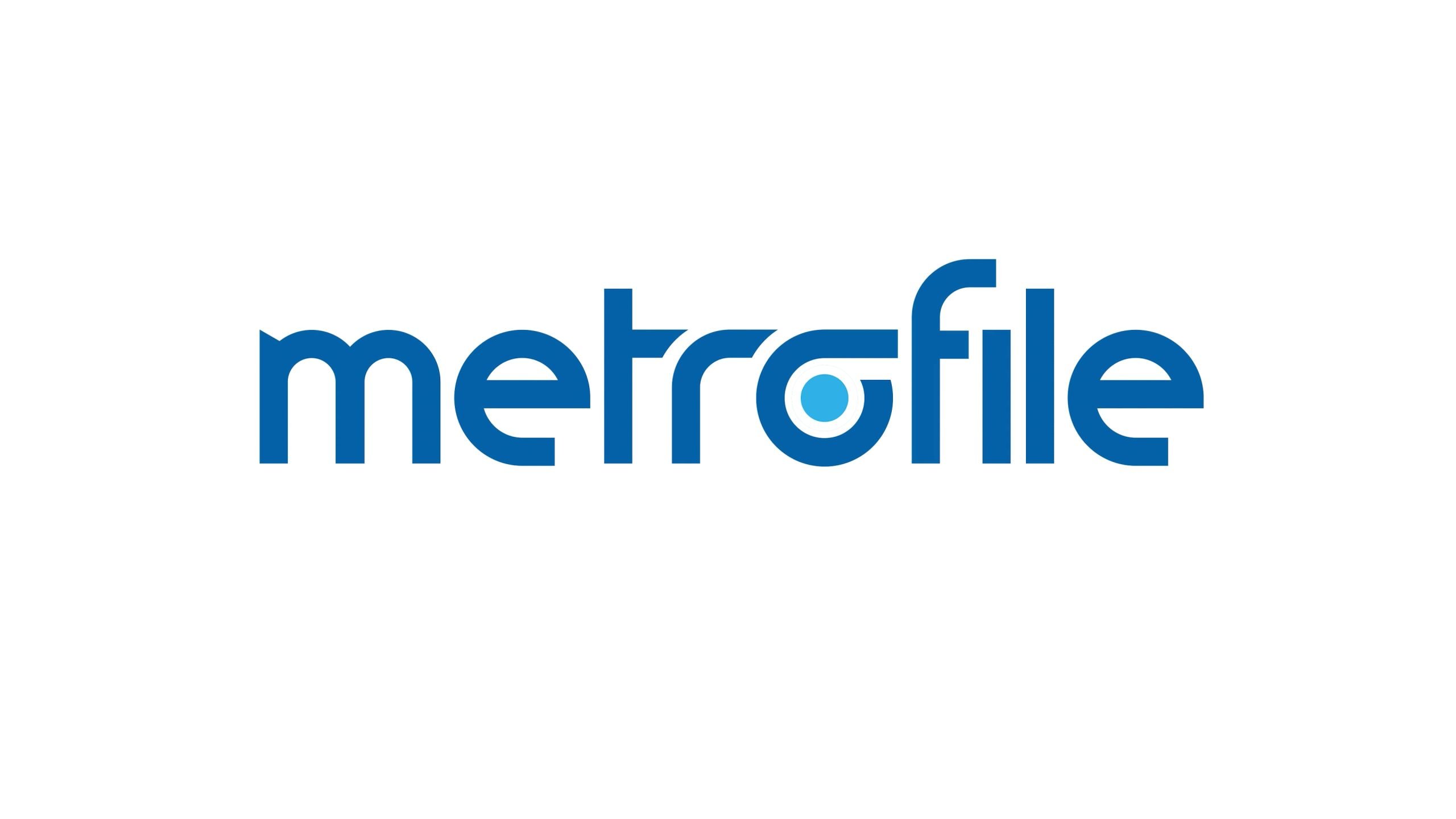Financial institutions like DTB handle thousands of sensitive documents every day. But when records start piling up, it slows teams down, takes up space and makes compliance management more challenging.
DTB, a respected financial institution listed on the Nairobi Securities Exchange, needed a partner to streamline how its records are stored and accessed, supporting both operational efficiency and regulatory peace of mind.
Together, we:
- Organised and indexed 1.6 million files
- Packed and moved 91,000 physical boxes to secure off-site storage
- Guided retention policies aligned to the Kenya Data Protection Act (2019)
- Helped free up space, speed up access and improve compliance
- Reduced retrieval time from days to a few hours
The Challenge
DTB’s branches and departments totalling to 130 were running out of space. Filing cabinets were full, storage boxes were stacking up and teams were spending too much time trying to find what they needed. That wasn’t just frustrating—it slowed down service, increased risk, and made it harder to stay compliant with data protection regulations.
Storing sensitive files onsite also left the bank exposed to possible loss, damage, or unauthorized access, all of which could impact audit readiness and long-term risk management.
The Solution
Metrofile stepped in with a complete records management solution tailored for DTB and the sector in which it operates:
- Provided expert advice on record retention to support compliance with financial regulations
- Sorted and indexed physical files onsite at DTB branches for easy transition
- Archived documents securely offsite, freeing up space in-branch
The Impact
DTB now operates in a cleaner, more efficient environment. Teams spend less time digging through documents and more time focusing on what matters. With faster access to information, stronger compliance controls and a clear retention policy in place, the bank has created a more innovative, safer way to manage its records—now and into the future.
DTB has gained real value through:
Improved productivity
Reduced risk
Operational savings





